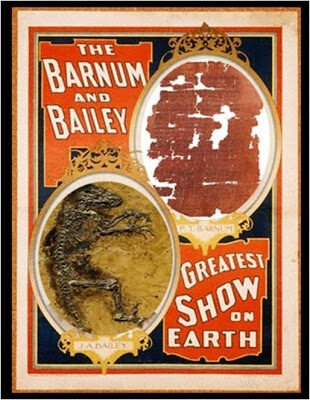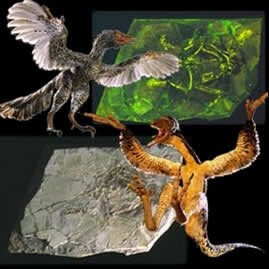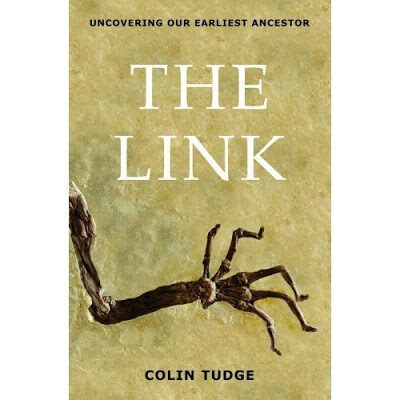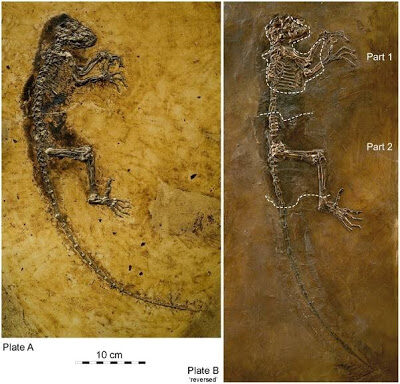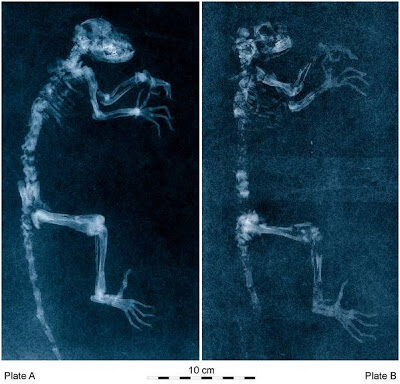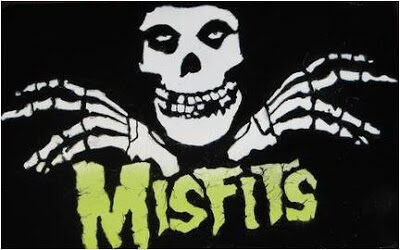The Hopeless Monsters
I know, I know: say what?! Now I will correlate Ida (the newly canonized fossil) and the Gospel of Judas?! Oi vey!!
Let us consider the reason for the correlation and then some issues involved with the new missing link fossil named, “Ida” including its history, celebrity and controversy.
The Correlation
The new missing link fossil Ida has been hailed as a “transitional fossil,” a “missing link” “a scientific discovery that will undoubtedly revolutionize how we understand our own evolution,” an “astonishing breakthrough,” “an extraordinary fossil,” and the “eighth wonder of the world.”
The new missing link fossil Ida and the Gnostic gospel of Judas are represented by one piece of evidence:
The gospel of Judas is represented by one manuscript (vs. 24,000+ for the New Testament, representing a substandard double standard).The new missing link fossil is represented by one fossil: Ida.
Both the new missing link fossil Ida and the Gnostic gospel of Judas were fragmented: the new missing link fossil Ida as a purposeful hoax and the Gnostic gospel of Judas due to its age and poor storage.
Both the new missing link fossil Ida and the Gnostic gospel of Judas were discovered decades before the public outing: the new missing link fossil Ida circa 25 years prior and the Gnostic gospel of Judas circa 36 years prior.
Both the new missing link fossil Ida and the Gnostic gospel of Judas were originally possessed by dealers of antiquities and fossils.
Both the new missing link fossil Ida and the Gnostic gospel of Judas were presented to the public as the star of a media circus.
Both the new missing link fossil Ida and the Gnostic gospel of Judas were popularized along with books and documentaries ready to go.
Both the new missing link fossil Ida‘s and the Gnostic gospel of Judas’s popularization was motivated in part by considerations that went beyond unbiased science and scholarly research: Ida in “Honoring Charles Darwin on the occasion of his 200th birthday” and the timing of the release gospel of Judas was around Easter (when the media releases its latest anti-Christian myths) and was also “aimed at capitalizing on interest in the film version of The Da Vinci Code.”1
A Hoax?
No. Apparently, it is not a hoax (at least not anymore) but I did have my initial suspicions.
After all new missing link fossil Ida was:
Claimed to have been discovered 25 years ago.Identified 2 years ago.
Pieced together by removing purposefully faked reconstructions. I was having flashbacks to Archaeoraptor for a moment.
It was unveiled on the year of Charles Darwin’s 200th birthday.
In order to honor Charles Darwin its “Derivatio nominis” is Darwinius masillae.
Why it was not actually released on his birth date (when Kyle Butt and Dan Baker debated) has me flummoxed; perhaps the books and DVDs were not ready yet.
Background
The original research article on new missing link fossil Ida is provided by PLoS ONE (“An interactive open-access journal for the communication of all peer-reviewed scientific and medical research”) as Complete Primate Skeleton from the Middle Eocene of Messel in Germany: Morphology and Paleobiology by Jens L. Franzen, Philip D. Gingerich, J&#b6;rg Habersetzer, J&#b8;rn H. Hurum, Wighart von Koenigswald and B. Holly Smith.The fossil is a truly fascinating specimen in that despite that “the skeleton is lightly crushed and bones cannot be handled individually”:
Darwinius masillae represents the most complete fossil primate ever found, including both skeleton, soft body outline and contents of the digestive tract.
It is thought to have been found in Grube Messel, near Darmstadt, Germany.
The PLoS ONE article describes the history of the find as follows:
The specimen has an unusual history: it was privately collected and sold in two parts, with only the lesser part previously known. The second part, which has just come to light, shows the skeleton to be the most complete primate known in the fossil record…
The fossil was apparently unearthed in 1983 by private collectors who split and eventually sold two parts of the skeleton on separate plates: the lesser part (herein plate B) was restored and in the process partly fabricated to make it look more complete. This was eventually purchased for a private museum in Wyoming, and then described by one of us who recognized the fabrication2. The more complete part (plate A; Figs. 1-2) has just come to light, and it now belongs to the Natural History Museum of the University of Oslo (Norway). When made available for study, plate A was immediately recognizable as the complete complementary and unaltered counterpart of plate B…
part and counterpart of the same individual fossil can have such different histories…excavation for fossils [at Grube Messel occurred], between 1971 and 1985…Once mining was finished, plans arose to use the open pit as a garbage dump. With this in mind, early excavations for fossils were necessarily rushed, and less attention was paid to careful bed by bed collecting of fossils…From what we know of the present fossil, it was privately collected at Messel in 1983, at the foot of what is known as the Schildkr&#b6;tenh&#bc;gel (Turtle Hill) see Fig. S1, although the exact horizon is unknown (personal communication from previous owner of plate A, Thomas Perner, Bad Homburg).
Plate B (Figs. 1,2), originally described by Franzen3 as the sixth Messel primate (Table 1), had a curious history. It was purchased in 1991 by Dr. Burghard Pohl for the Wyoming Dinosaur Center at Thermopolis, Wyoming…Franzen4 showed that some of the specimen is real, while substantial parts were faked to give an illusion of greater completeness…
Plate A (Figs. 1,2) described here, became available for sale and was purchased in 2007 by the Natural History Museum of the University of Oslo (Norway). This plate, showing a skeleton from the right side, proves to be the hitherto unknown and much more complete counterpart of the Wyoming Plate B…
The Oslo specimen, plate A, clarifies exactly which parts of plate B were faked…Traces on the surrounding polyester resin background suggest that a cast of the tail of another mammal was inserted into plate B. Additional parts such as the vertebrae between sections 1 and 2 as well the nasal part of the skull on plate B were simply fabricated.
Slow Your Roll Stunningly, not everyone is gaga over Ida; and I am not just talking about those wacky Bible-thump’n-born-againer-fundie-evang-YECers:John Fleagle, Stonybrook University paleoanthropologist, stated:
What does it tell us about human evolution that we didn’t know? Precious little.
Chris Gilbert, Yale University paleoanthropologist, stated:
On the whole I think the evidence is less than convincing…They make an intriguing argument but I would definitely say that the consensus is not in favor of the hypothesis they’re proposing.
Richard Kay, Duke University paleontologist, stated:
They claim in the paper that by examining the anatomy of adapids, these animals have something to do with the direct line of human ancestry and living monkeys and apes. This claim is buttressed with almost no evidence…And they failed to cite a body of literature that’s been going on since at least 1984 that presents evidence against their hypothesis.
Clara Moskowitz notes:
Kay said the researchers did not compare Ida to other important fossil primates from this time, especially those from a group called Eosimiads, that could contradict their claims.
Matt Cartmill, Duke University in North Carolina anthropologist, stated:
It’s a very beautiful fossil, but I didn’t see anything in this paper that told me anything decisive that was new.
Chris Beard, curator of vertebrate paleontology at the Carnegie Museum of Natural History in Pittsburgh, stated:
This fossil has been hailed as the eighth wonder of the world. Frankly I’ve got 10 more in my basement.
Clara Moskowitz notes:
Though the fossil is a beautiful specimen, it is not dissimilar to many slightly less well-preserved primate fossils from around the same period.
She also notes that Chris Beard:
disagreed with some of the outlandish claims researchers made during the press conference, such as the suggestion that Ida represents a ‘missing link’ between early primates and humans. “It’s not a missing link, it’s not even a terribly close relative to monkeys, apes and humans, which is the point they’re trying to make.” (all quotes endnoted here5)
Come to think about it, Ida reminds me of other celebrities:



